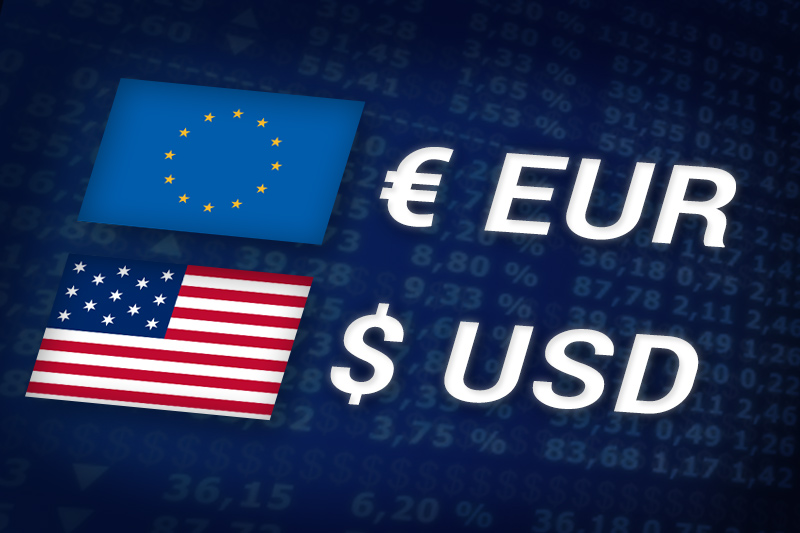Investing.com – The euro was hovering close to a 16-month high against the U.S. dollar on Wednesday, as uncertainty over the outcome of a meeting of the Federal Reserve’s Federal Open Market Committee later in the day weighed on the greenback.
EUR/USD hit 1.4713 during European late morning trade, the pair’s highest since December 11, 2009; the pair subsequently consolidated at 1.4667, rising 0.16%.
The pair was likely to find support at 1.4492, Tuesday’s low and resistance at 1.4866, the high of December 8, 2009.
The Fed was expected offer no indication of an immediate plan to tighten the bank's policy but it was expected to stick to its plan to complete its USD600 billion quantitative easing program in June.
The meeting was to be followed by the first-ever post-meeting press conference by Federal Reserve Chairman Ben Bernanke.
Elsewhere, official data earlier showed that factory orders in the euro zone rose less than expected in February, but the estimate for the previous month's figures was revised upward, indicating that the industrial sector continues to support growth.
Meanwhile, the euro was down against the pound, with EUR/GBP shedding 0.40% to hit 0.8851.
Earlier in the day, a government report showed that Britain’s economy expanded by 0.5% between January and March, in line with forecasts, after contracting by the same amount in the final three months of 2010.
EUR/USD hit 1.4713 during European late morning trade, the pair’s highest since December 11, 2009; the pair subsequently consolidated at 1.4667, rising 0.16%.
The pair was likely to find support at 1.4492, Tuesday’s low and resistance at 1.4866, the high of December 8, 2009.
The Fed was expected offer no indication of an immediate plan to tighten the bank's policy but it was expected to stick to its plan to complete its USD600 billion quantitative easing program in June.
The meeting was to be followed by the first-ever post-meeting press conference by Federal Reserve Chairman Ben Bernanke.
Elsewhere, official data earlier showed that factory orders in the euro zone rose less than expected in February, but the estimate for the previous month's figures was revised upward, indicating that the industrial sector continues to support growth.
Meanwhile, the euro was down against the pound, with EUR/GBP shedding 0.40% to hit 0.8851.
Earlier in the day, a government report showed that Britain’s economy expanded by 0.5% between January and March, in line with forecasts, after contracting by the same amount in the final three months of 2010.
